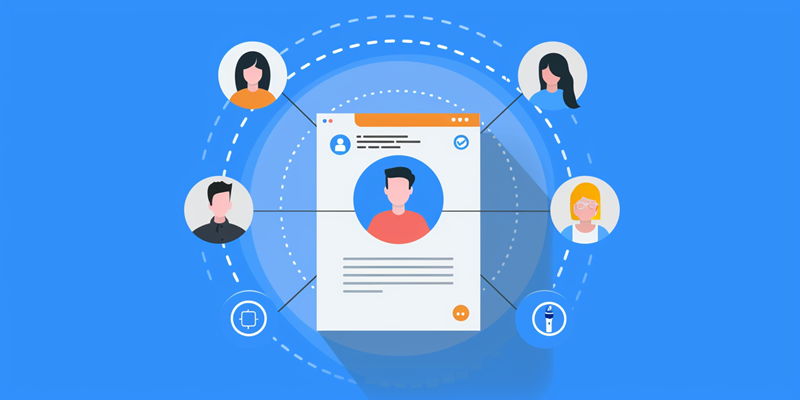Creating an Ideal Customer Profile (ICP) is a crucial success factor in marketing. This strategic tool defines the core characteristics, behavior patterns, and needs of the most promising customers. An ICP’s purpose is to identify individuals who are not just likely to engage with a product or service but are also poised to become loyal customers. With an ICP, companies can customize their marketing efforts to address the unique issues their prospects face. This targeted approach leads to more efficient use of marketing resources and enhances the chances for higher revenue. Effectively, an ICP serves as a navigational guide, steering marketing activities toward more responsive audiences and ensuring that campaigns are as impactful as possible. Such precision in marketing endeavors ensures that investments yield substantial, rewarding engagements with potential customers.
Establishing Your ICP Blueprint
Creating an Ideal Customer Profile begins with analyzing your current successful customer base to identify common traits that contribute to their success with your products or services. These patterns could range from industry-specific attributes to certain operational needs or mindsets that are conducive to a good match with what you offer.
It’s critical to note that an ICP is not a static entity. As your business environment and market dynamics evolve, so should your ICP. It must be regularly updated with new insights to reflect these changes, ensuring that your marketing efforts remain precise and effective.
By dedicating time to this adaptive profile, you continually sharpen your focus on prospects with the highest potential for success, leveraging your deepening insights into their business needs and how they shift over time. This effort results in a strategic advantage, allowing for a better connection with the right customers as both their circumstances and your business grow and change.

